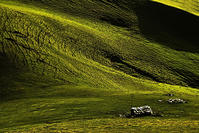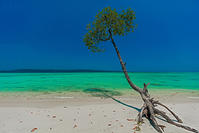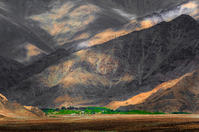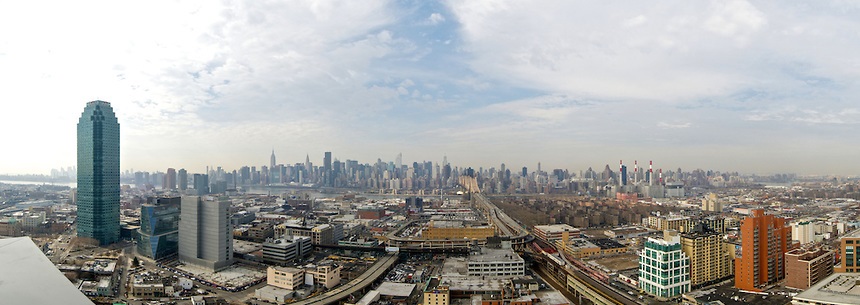NSF Project Abstract #1414108
Long Island Sound Watersheds (LISW) comprises an area of over 16,000 square miles that includes diverse landscapes in seven states (Connecticut, Maine, Massachusetts, New Hampshire, New York, Rhode Island, and Vermont) and a portion of Quebec, Canada. The area is inhabited by 32 million people, and includes some of the most urbanized areas of North America and also some extremely rural (even dedicated wilderness) areas and everything in between. It represents a socio-ecological system, the dynamics of which have been affected strongly by changes in land use. Moreover LISW, and the Connecticut River Watershed (CRW) in particular, figure prominently in conservation and management of invasive species. The Nature Conservancy, in collaboration with a consortium of GOs and NGOs, has targeted the CRW and LISW for integrated conservation management, restoration, and regional planning to address global change. The CRW was recently designated by the USDOI as the first national “Blue Way” in the US. The Connecticut River Cooperative Invasive Species Management Area (CISMA) is a consortium of GOs, NGOs and citizen science groups that have partnered to address public outreach, inventorying, and the control of invasive plant species across the CRW. We are currently collaborating with each of these entities.
Invasive species create ecological damage and economic losses in the region. In order to reduce the spread of invasive plants, we must first establish a clear connection between past, present, and future land uses, invasive alien plants, and the economic and public policies that drive the LISW coupled system. A plan to improve the Sound must address not only the consequences of existing development, but the improved management of future land uses and the ecosystem through watershed- and resource-based planning. Quantifying interactions of policies, human activities, land use changes, and invasive plants is essential to reducing the spread of invasive species and achieving the control or regulation of environmental problems of the LISW.







Connect With Us